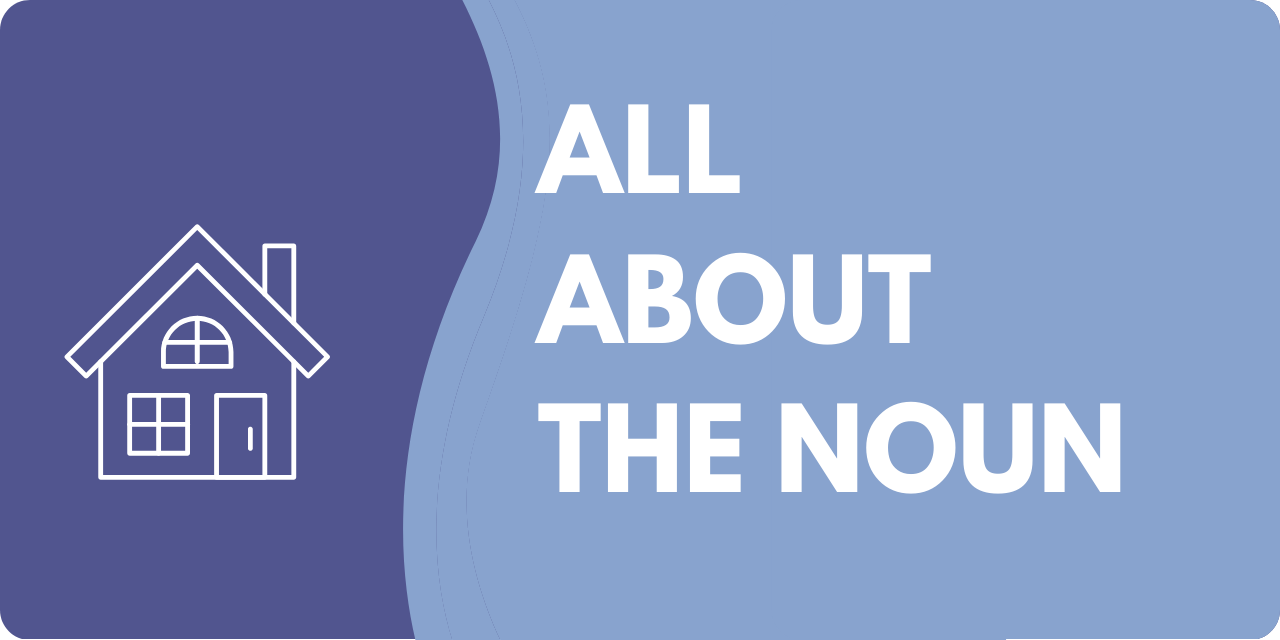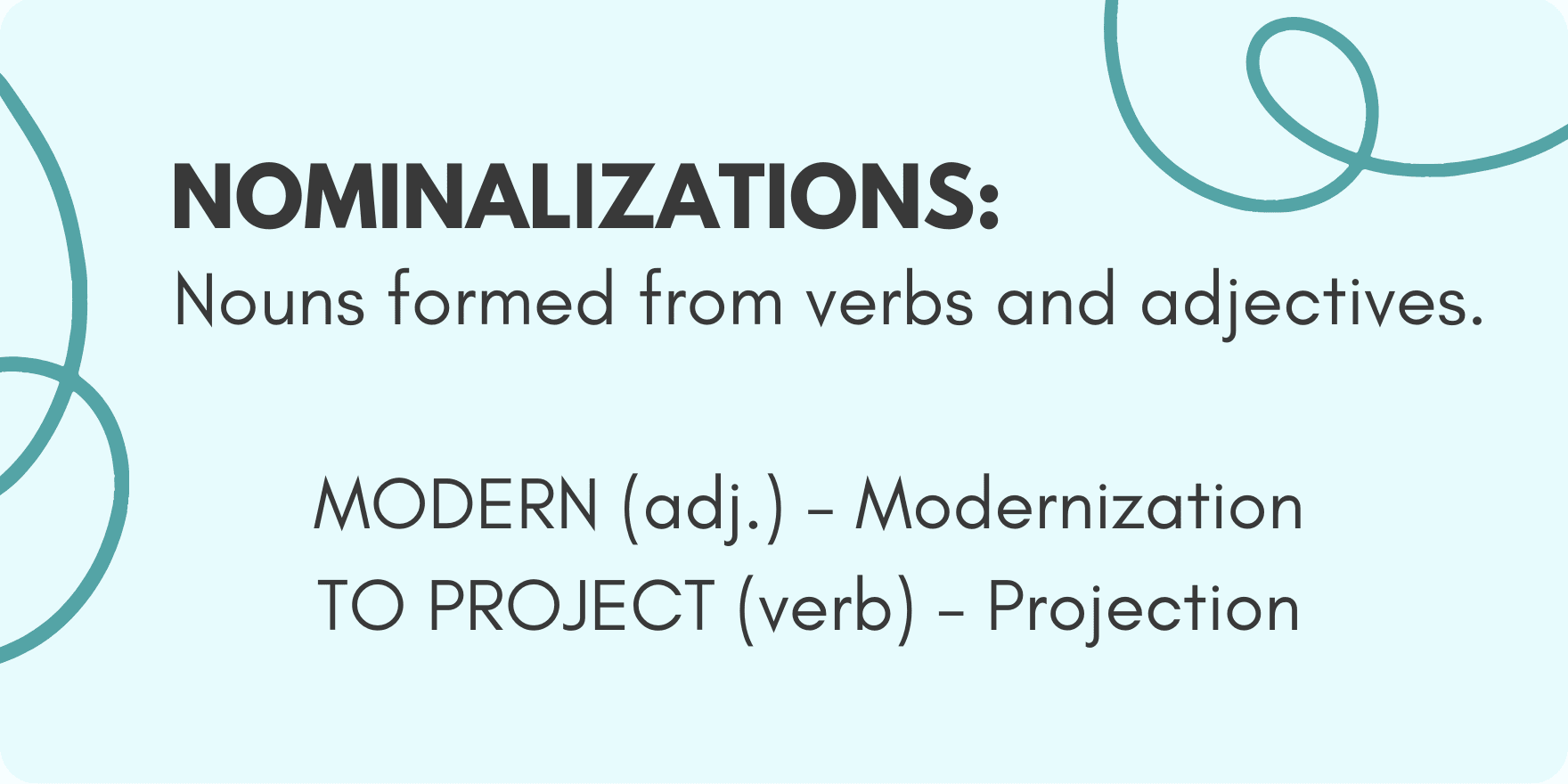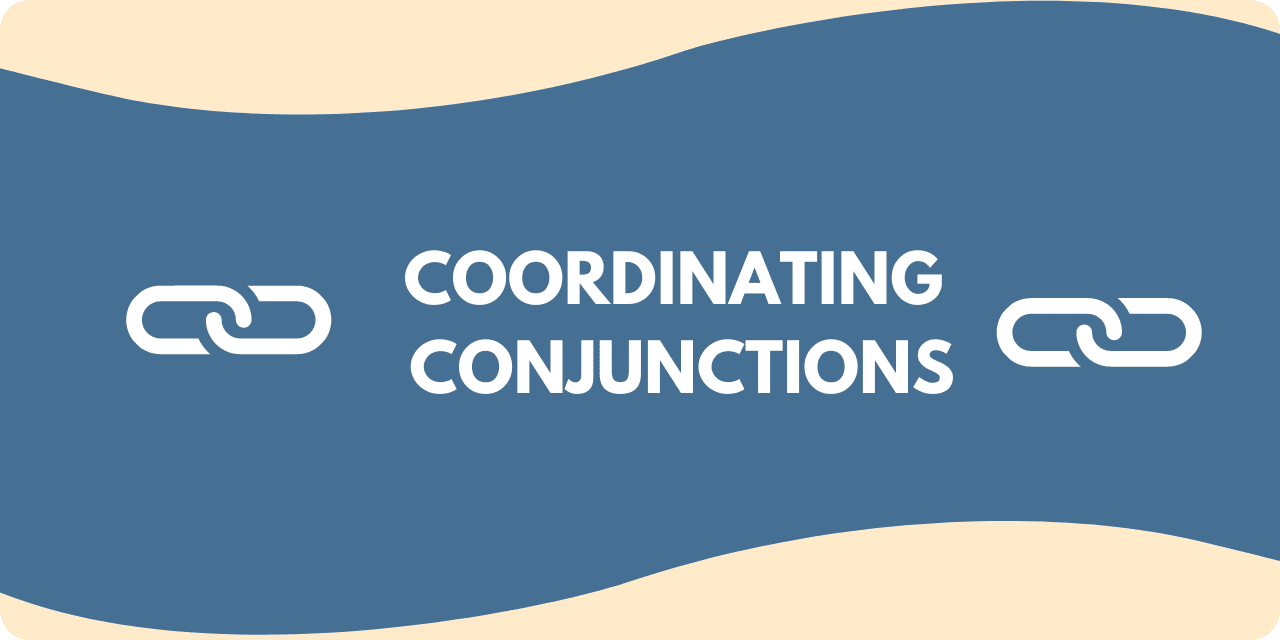Transitive or intransitive can describe a verb as based on whether it requires an object to express a complete thought or not. Transitive verbs only make sense if they exert their action on an object. Intransitive verbs will make sense without one. And some verbs can be used in both ways.
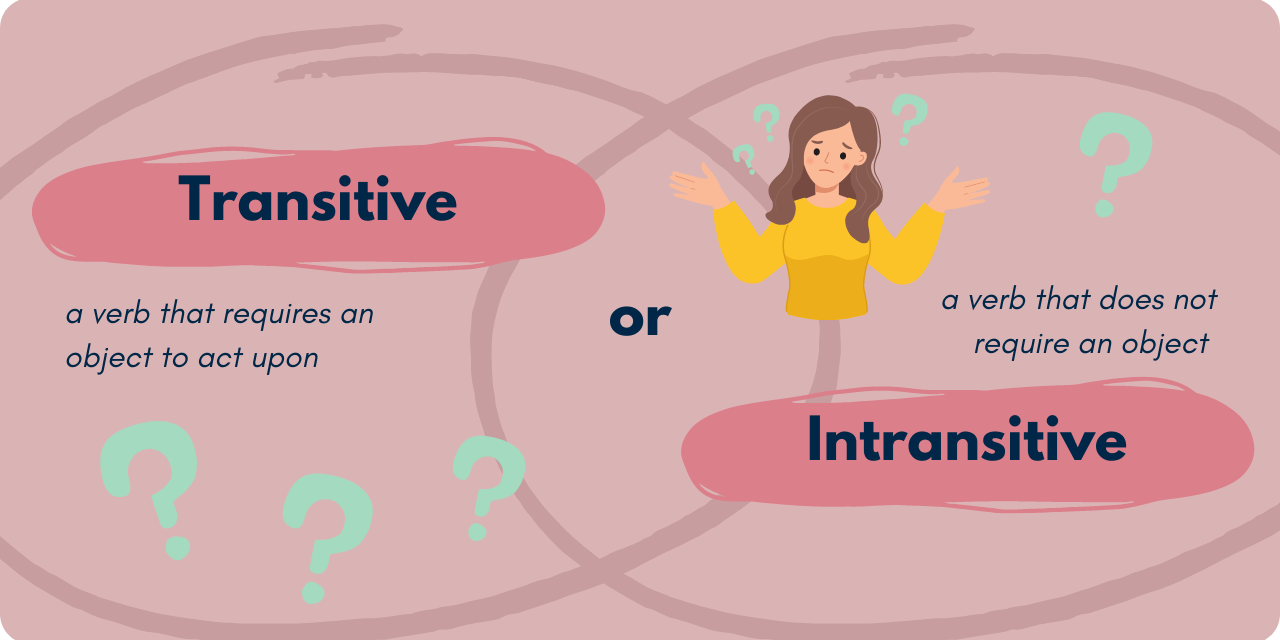
The word transitive usually makes people think of transit, which leads to the inaccurate assumption that transitive and intransitive are just ostentatious ways of expressing action and nonaction. However, these terms don’t have anything to do with whether or not a verb is active. A more appropriate word to associate when you see transitive is transfer. A transitive verb must transfer its action to something or someone—an object. In essence, the meaning of transitive is “to affect something else.”
Once you’ve got this concept committed to memory, spotting the difference between transitive and intransitive verbs is relatively simple.
Identifying Transitive Verbs
Transitive verbs aren’t just verbs that can take an object; they demand an object. Without an object to affect, any sentence that a transitive verb occupies will not appear complete.
Example Please bring lunch.
In this sentence, the transitive verb is bring and its object is lunch, the thing being brought. Without an object of some sort, this verb cannot function.
Example: Please bring.
Bring what? Bring who? The question begs itself because the meaning of bring demands it.
Below are more examples of transitive verbs and their objects.
Example: The waitress carried water to our table.
Example: Juan threw the ball.
Example: Could you pass the salt?
Example: I caught a cold.
Example: Lisa conveyed the message.
Example: Merryl loves butterflies.
All of the verbs in these sentences have objects that complete the verbs’ actions. If you took out the objects, the results would be illogical, and your reader would raise questions in their mind; for example, Merryl loves. Loves what?
Identifying Intransitive Verbs
Intransitive verbs are the opposite of transitive verbs: they do not need an object to act upon.
Example: They bounced.
Example: The dog jumped.
Example: She sang.
Example: The moon was shining.
None of these verbs need an object for the sentence to make sense, and all of them can end a sentence. Some imperative forms of verbs can even create intelligible one-word sentences.
Example: Sing! Run! Jump!
There are mmany English verbs that can only be intransitive; they will never make sense paired with an object. Two examples of intransitive-only verbs are sneeze and laugh. You can’t sneeze something, and you certainly can’t laugh something; an object can’t follow these verbs.
Transitive or Intransitive? Some Verbs Can Be Both
Many verbs can be categorized as both transitive and intransitive depending on how they’re being used in a sentence.
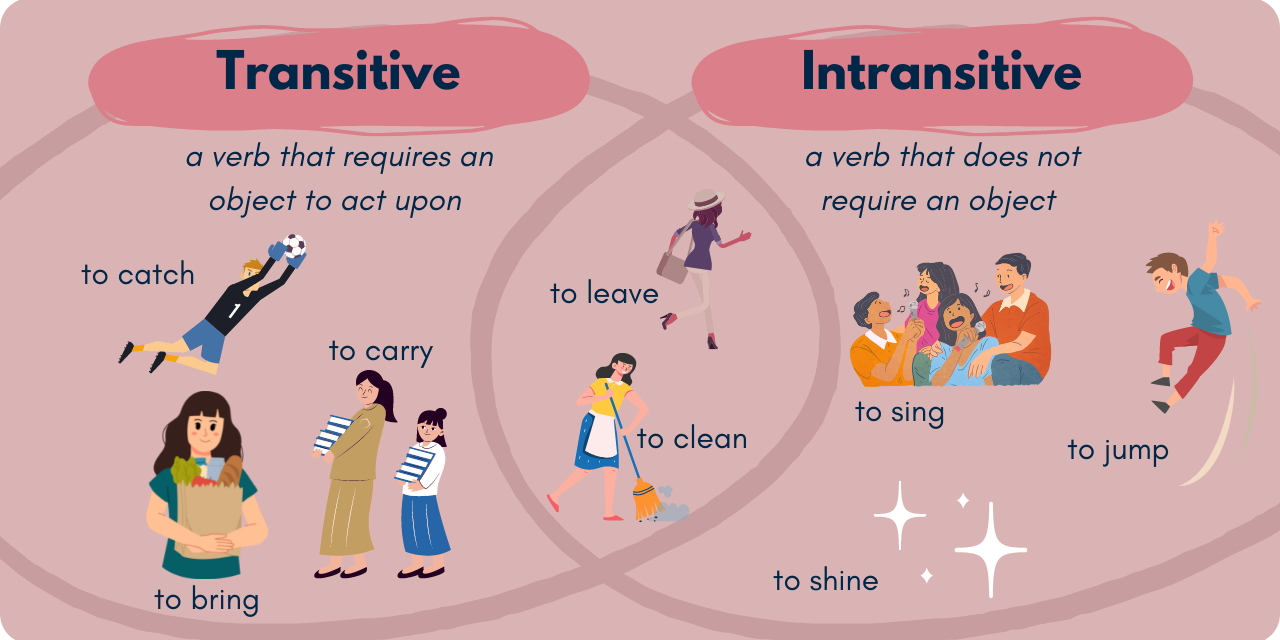
Example: Encouraged by the others, he sang.
Example: He sang the national anthem at the softball game.
Example: After she cleaned up, she left.
Example: She left the cup on the table.
To determine whether the verb is being used transitively or intransitively, all you need to do is know if the verb has an object. Does he sing something? Does she leave something? The verb is only transitive if the answer is yes.
If you aren’t sure, look it up. The dictionary lists verbs as transitive, intransitive, or both right under the pronunciation legend. It will also give any possible differences in meaning between the two uses.
Phrasal Verbs and Transitivity
Phrasal verbs can also be categorized as transitive or intransitive.
Example: Jonah has decided to give up sugar while he diets.
Example: I hope Jonah doesn’t give up.
Give up is merely one of numerous phrasal verbs that can be both transitive or intransitive. Whether or not give up has an object will change the meaning it denotes. The first meaning of give up is “to forgo something,” whereas the second meaning is “to stop trying.”
Example: If we reject the idea of learning about transitivity, the Grammar Police may blow up our building.
Example: When the Grammar Police confronted him about his verbs, he blew up.
The first definition of blow up means to explode, whereas the second one means “to express rage.”
Transitive or intransitive is just one of a verb’s many classifications. Perhaps now you will be inspired to read more about verbs’ fascinating qualities.



